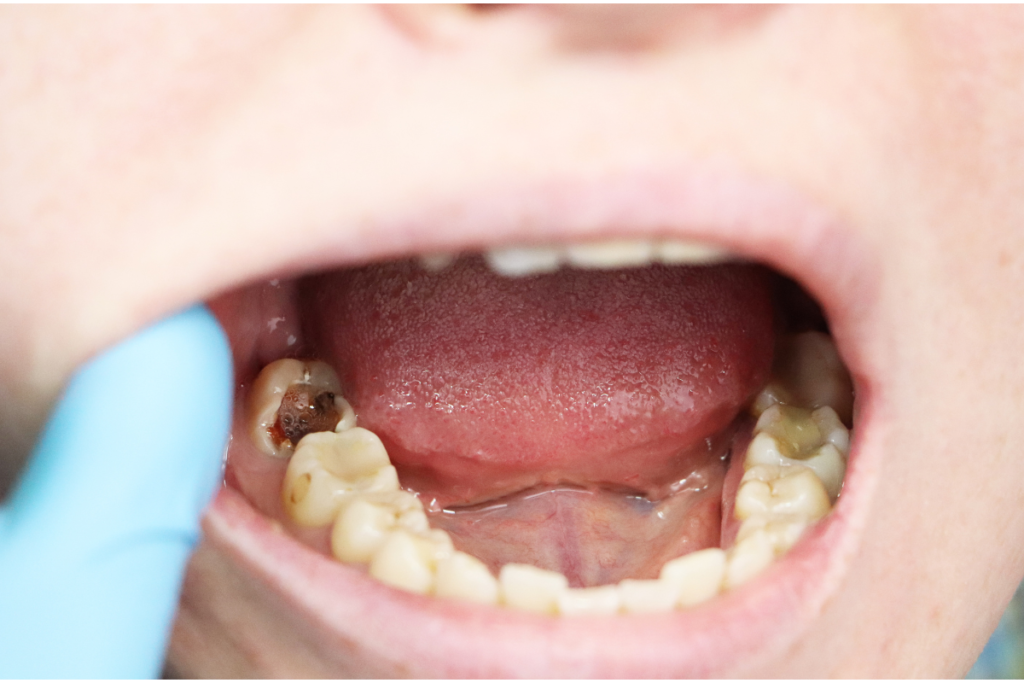Dental caries, another name for cavities, is one of the most prevalent dental issues affecting people of all ages. It occurs when oral bacteria’s production of acids attacks and damages the enamel, the tooth’s hard outer surface. This article aims to help you better understand cavities by reviewing their symptoms, available treatments, and frequent misconceptions.
Symptoms:
Cavities often develop silently, but there are several signs to watch for:
● Sensitivity: May feel discomfort or pain when consuming hot, cold, or sweet foods.
● Visible Holes or Pits: As cavities deepen, your tooth may end up with tiny holes.
● Toothache: Persistent or intermittent pain in the affected tooth.
Treatment:
● Fillings: Dental fillings are the most popular treatment. The dentist removes the decayed part of tooth and fills it with amalgam or compost resin.
● Crowns: When a tooth is severely decayed, filling alone may not suffice to restore its function. Therefore, a dental crown is required in such cases.
● Root Canals: If the cavity has spread to the pulp, a root canal may be required to preserve the tooth.
Myths:
Several myths surround cavities, including:
● Myth 1: “Only children get cavities.”
● Fact: Cavities can affect anyone, regardless of age.
● Myth 2: “Cavities are not a big deal.”
● Fact: Cavities are the biggest cause of severe infections, tooth loss and excruciating pain if left untreated.
FAQs
Is it possible to avoid cavities?
Indeed! With frequent dental examinations, brushing, and flossing, you can definitely keep cavities at bay.
Can sugar-free products cause dental cavities?
Even though they cut down on sugar, they might still have acids that cause decay.
Disclaimer:
The information in this article is not intended as a substitute for professional dental treatment or advice. Always consult your dentist for an accurate diagnosis and personalised treatment plan.
How HealthPil Can Help:
At HealthPil, we connect you with experienced dental professionals who can assess your condition and recommend appropriate treatments. Don’t wait—schedule your consultation today!

